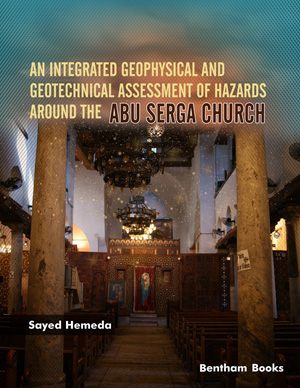Abstract
Developing out of its former role as an old Byzantine fortress, the city
advanced greatly as a Turkish-Muslim city in the Ottoman Empire. The main means of
growth resulted from the establishment of benevolent facilities managed by a charitable
foundation. These charitable foundations, known as Wakfs, had a significant impact on
facilitating the shift towards settled living in both Anatolia and Rumelia. The
advancement was greatly enhanced by the buildings, constructions and enhancement
efforts directed by the successive sultans and prominent state members of varying
levels of authority (second-degree, and third-degree officials of the state). Edirne was
established based on the formula that declares, “there is a mosque in the center of the
neighborhood and the neighborhood is a physical unit as well as a social unit”, and this
type of settlement approach was then implemented in most neighborhoods. The chapter
examines the various original establishments, such as mosques, baths, fountains, and
soup kitchens, as well as the layout of settlements.
Today, the old neighborhoods within each district have amalgamated to create novel
neighborhoods. The fundamental constituents of the old neighborhoods in the nine
regions encompassing public kitchens, mosques, baths, charitable endowments,
thoroughfares, and residences endure in certain neighborhoods to a certain extent,
whereas in other areas, they have become entirely extinct.
In the existing housing settlements, one can see the effect of traditional Anatolian
housing types, Hilani and Megaron, in the plans of houses in the outer districts, and
even in the city center. Plan types with outer sofas could have one, two, three, or four
rooms, while two- and three-roomed examples are more common.
Keywords: Cumba, Cihannüme, Edirne neighborhoods, Edirne palace, Fountain, Historic central districts, Hımış construction, Hilani house, Interior sofa plan, Kaleiçi district, Karaağaç district, Mosques, Magaron house, Story house, Soup kitchen, Traditional settlement, Traditional turkish house, Turkish bath (hamam), Wakf.













